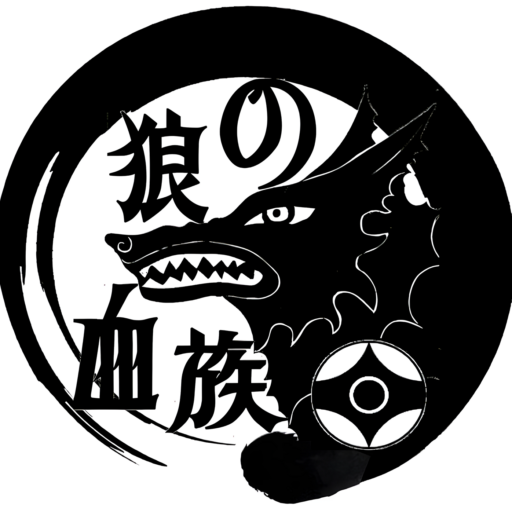The Belt System: Help or Distraction?
When people think of karate, they often picture a structured system of coloured belts, each representing a level of skill and progress. But what if I told you that belts are a relatively modern addition to karate? Originally, Okinawan karate had no ranking system at all, progress was measured through experience, dedication, and the respect of your teacher, not by the colour tied around your waist.
So, is the belt system a useful tool or a distraction from true martial arts development?

The Origins of the Belt System
The belt ranking system wasn’t originally part of karate. It was introduced by Kanō Jigorō (1886 – 1938) the founder of Judo, as a way to organise students into structured learning levels. Gichin Funakoshi (1868 – 1957) known as the “father of modern karate”, adopted this system to help standardise teaching in larger schools. Over time, other karate styles followed suit, and today, the belt system is almost universal.
The Benefits of a Belt System
There’s no denying that the belt system offers some advantages:
Clear Progression – Students have visible milestones to work toward, which helps with motivation.
Structured Learning – It allows instructors to group students by skill level, making training more effective.
Recognition & Encouragement – Seeing progress in the form of a belt can boost confidence and keep students engaged.
For many people, belts are a great way to stay motivated and push toward their next goal. They also provide a structured way for instructors to introduce more advanced techniques in a logical progression.
The Downsides of a Belt System
However, belts can also create problems:
Focus on Rank Over Skill – Some students chase belts rather than focusing on improving their technique.
Commercialisation – Some schools use frequent grading exams as a way to generate income rather than ensuring students are truly ready.
False Sense of Mastery – A black belt doesn’t necessarily mean someone is an expert. Real skill comes from consistent training, not just passing tests.
In the past, karate students were promoted based on ability, not on a timeline or exam schedule. Your teacher decided when you were ready for the next challenge, and progress was measured in years of dedicated practice rather than coloured belts.
What Matters More: The Belt or the Skill?
We believe that while the belt system has its uses, it should never take precedence over real martial arts ability, discipline, and understanding. A belt should represent skill, not be the goal itself. Whether you wear a white belt, black belt, or no belt at all, the most important thing is how well you can apply what you have learnt.
Related article: Gradings
